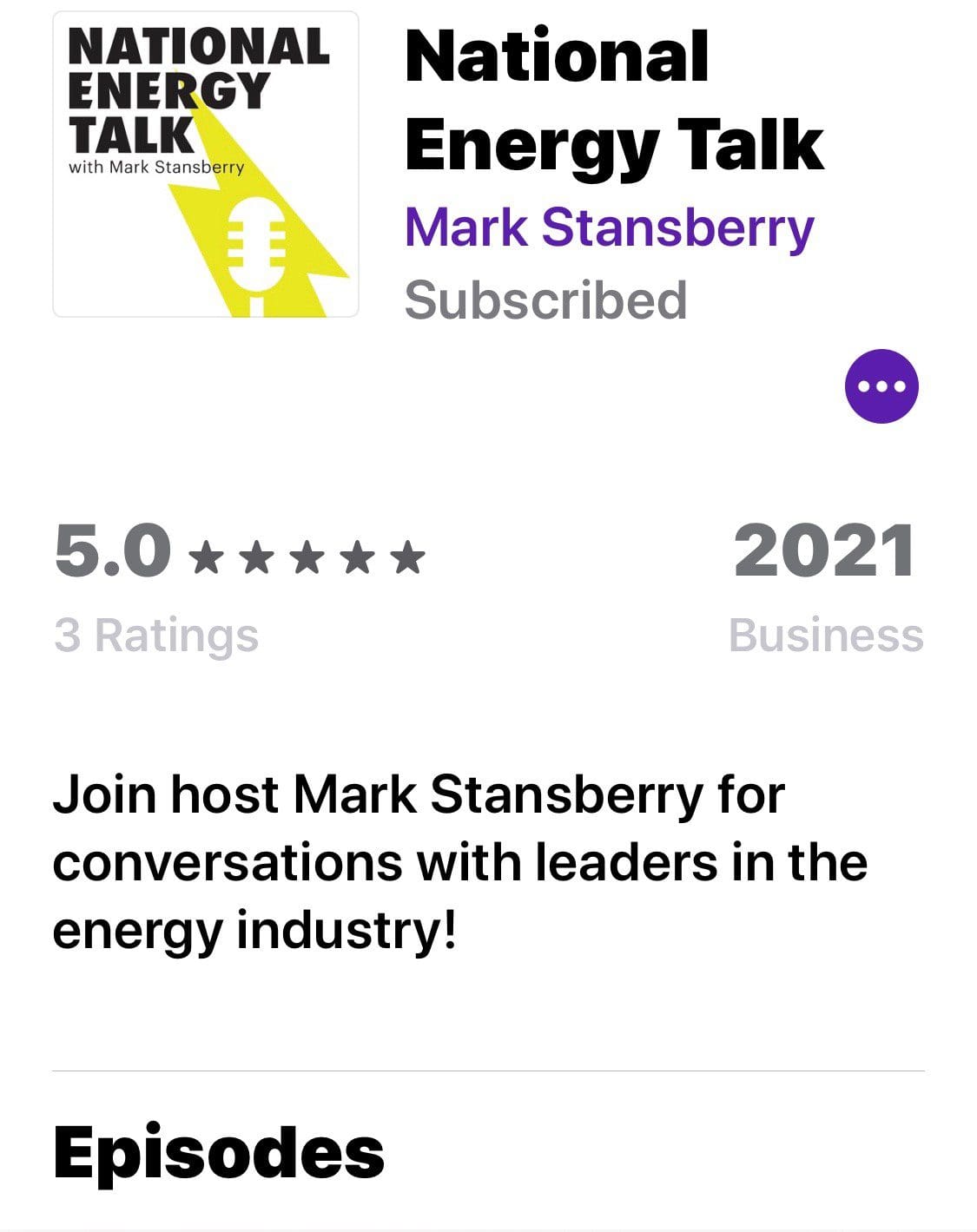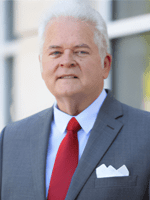Dewey F. Bartlett Jr. is the President of Keener Oil and served as the 39th Mayor of Tulsa, OK. Bartlett graduated from Regis College in Denver with a degree in Accounting. Afterwards, he obtained an MBA in Finance from SMU in Dallas.
From 1990 to 1994 Bartlett was a City Councillor for the city of Tulsa. In 2009, Bartlett ran for mayor and beat Democrat Tom Adelson. He assumed office on December 7th of 2009. Bartlett served a second term until 2016. During that time he was a champion for government reform, supported city-wide initiatives for education as well as promoted small businesses through economic development throughout Tulsa.
Bartlett’s father, Dewey F. Bartlett Senior served as governor of Oklahoma from 1967 to 1971. He later represented Oklahoma as a United States Senator from 1973 to 1979. His mother, Ann Bartlett, was First Lady of Oklahoma.
Dewey F. Bartlett Jr. is currently the President of Keener Oil and Gas Company. Bartlett’s grandfather D. A. Bartlett started the company and brought operations to Tulsa in the early 1900s. Through generations of the Bartlett family, Keener has remained a leader in the oil and gas industry of Tulsa.
Bartlett Jr. has also served as the chairman of the Oklahoma Energy Resource Board, the Independent Petroleum Association of America, Tulsa Community College Foundation, the National Stripper Well Association, Tulsa Airport Authority, The American Red Cross, the Grand River Dam Authority and has served on the board of the Oklahoma Turnpike Authority.
Mark A. Stansberry, energy advisor and corporate development strategist, has been a columnist and contributor for Energies Media since 2014. He is the author of America Needs America’s Energy: Creating Together the People’s Energy Plan and the host of the National Energy Talk podcast. Stansberry served as U.S. Senator Bartlett’s intern/staff member from 1975-76, and led Senators Bellmon and Bartlett’s State Youth Conference in 1976. Stansberry can be contacted through his website.







